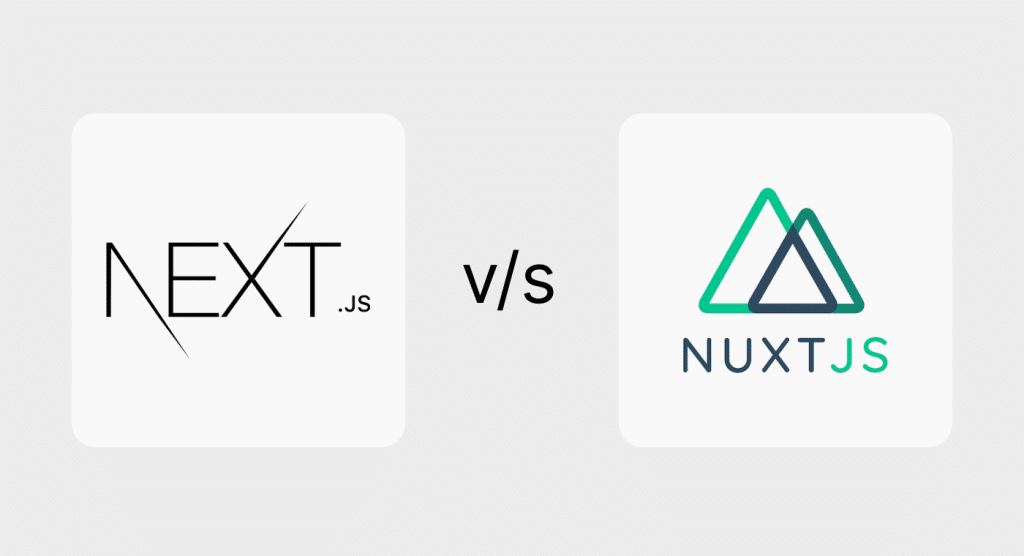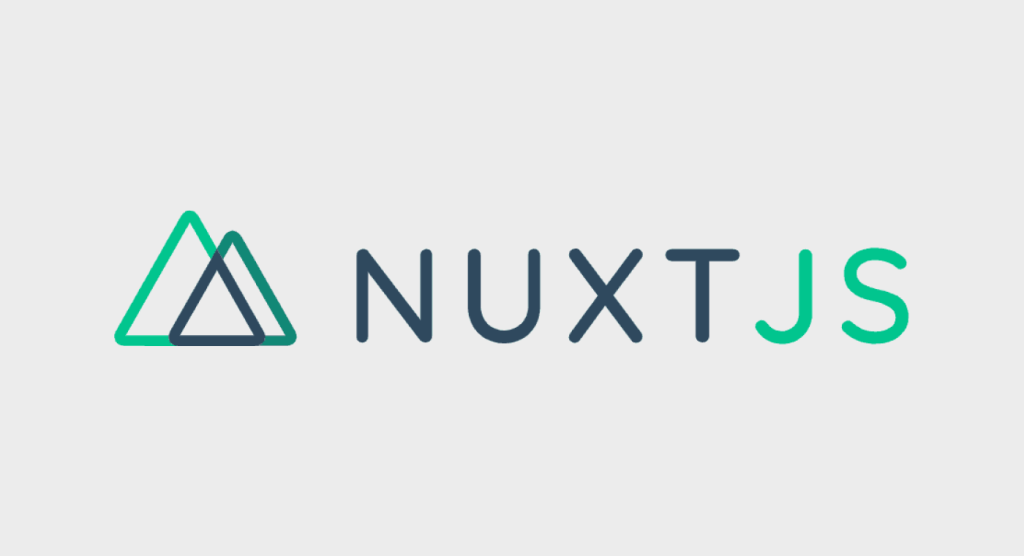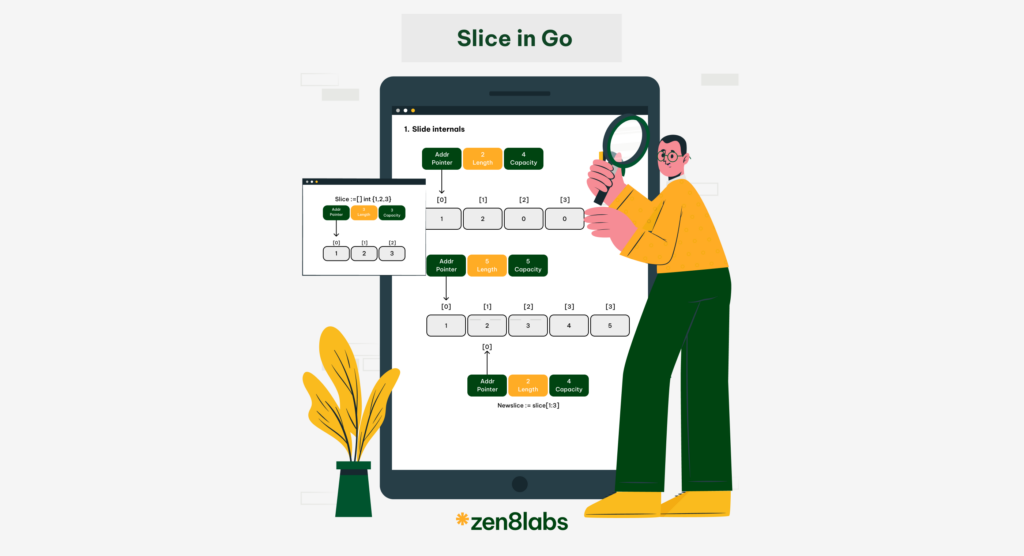
Front-end development has undergone a significant transformation in recent years, with frameworks and libraries simplifying the creation of efficient and engaging web applications. Two prominent contenders in this field which are often practiced at zen8labs are Next.js and Nuxt.js. Both are JavaScript frameworks designed to streamline front-end application development. In this blog post, we will explore the features and advantages of Next.js and Nuxt.js to help you decide which one may be the right fit for your next project.
Front-End
Front-end development involves the practice of creating and designing the user interface and user experience of a website or web application. It utilizes HTML, CSS, and JavaScript to build the visible components of a web project that users interact with.
Introduction
Next.js

Next.js is a well-known React framework, highly regarded for its server-side rendering (SSR) capabilities. Developed and maintained by Vercel, Next.js is tailored for building fast and dynamic web applications. Key features include automatic code splitting, server-side rendering, and an outstanding developer experience. Next.js boasts a thriving community, making it easy to find resources and solutions for common development challenges.
Nuxt.js

Conversely, Nuxt.js is built on top of Vue.js and is often considered the Vue.js equivalent of Next.js. It offers server-side rendering, single-page applications, and static site generation. Nuxt.js follows a modular architecture, simplifying the development process and encouraging code reusability. It comes with a set of default configurations to help you kickstart your project quickly.
Advantages
Next.js
- Server-side Rendering: Next.js excels at server-side rendering, resulting in faster page loading times and improved SEO. This is particularly valuable for content-heavy websites and applications.
- Automatic Code Splitting: Next.js automatically divides your JavaScript code into smaller, optimized bundles, reducing initial page load times and enhancing performance.
- Excellent Developer Experience: It offers a fantastic developer experience with features like hot module replacement, automatic routing, and built-in CSS support.
- Strong Community Support: Next.js has a robust community, making it easy to access documentation, tutorials, and third-party packages to extend its functionality.
Nuxt.js
- Vue.js Integration: If you’re a Vue.js enthusiast, Nuxt.js provides an excellent framework for building Vue-based applications with server-side rendering and other powerful features.
- Modular Architecture: Nuxt.js promotes modular development by encouraging the use of modules for different functionalities, which can enhance code maintainability.
- Static Site Generation: Nuxt.js allows you to generate static websites, perfect for content-focused websites or blogs, resulting in faster page load times and reduced server load.
- Community and Ecosystem: Nuxt.js boasts an active and supportive community, offering a variety of modules and plugins to extend the framework’s capabilities.
Comparing Performance
In terms of performance, both Next.js and Nuxt.js are efficient choices. However, the specific benefits depend on your project requirements. Next.js excels in server-side rendering and automatic code splitting, making it ideal for applications where SEO and performance are paramount. Nuxt.js is well-suited for Vue.js enthusiasts and projects that require static site generation.
Conclusion
Next.js and Nuxt.js are both remarkable front-end frameworks, each with its unique strengths. The choice between them should be based on your project’s requirements and your familiarity with React or Vue.js. Consider Next.js if you need robust server-side rendering and automatic code splitting. On the other hand, opt for Nuxt.js if you prefer Vue.js or need static site generation. Whichever you choose, you’ll be equipped to build efficient, high-performance web applications and websites.
If you have any questions about Next.js and Nuxt.js, feel free to reach out to zen8labs.
Duc-Anh Vu, Software Engineer Intern




